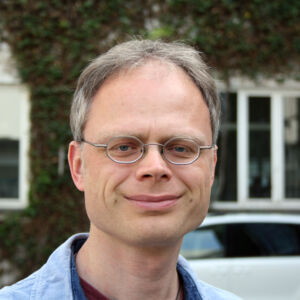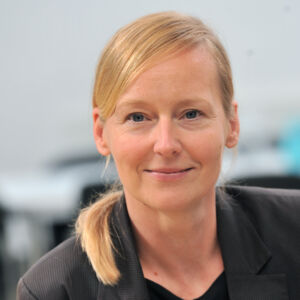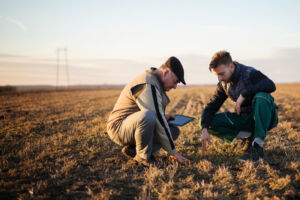
NamTip: Socio-ecological tipping points of desertification in Namibia in the context of climate change (2nd phase)
Working out an example for the conservation and restoration of savannah ecosystems worldwide, the research project investigates how climatic, ecological and social factors drive desertification in Namibia.


